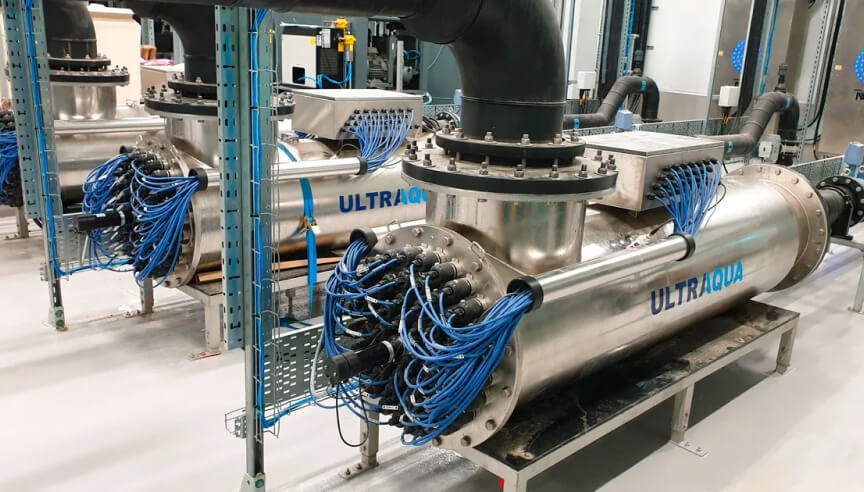How to choose the right UV lamp for your UV system?

How to choose the right UV lamp for your UV system?
Choosing the right UV lamp for your UV system is crucial to ensure effective disinfection and optimal performance. Various factors need to be considered, including the application, desired UV dose, lamp type, and system design. Here’s a step-by-step guide to help you select the appropriate UV lamp for your UV system.
Step 1: Determine the Application and Objectives
Application Type
- Water Treatment
Drinking water, wastewater, process water. - Air Purification
HVAC systems, clean rooms, hospital settings. - Surface Sterilization
Food processing, medical equipment, industrial surfaces.
Disinfection Objectives
- Pathogen Inactivation
Identify the specific microorganisms you need to target (e.g., bacteria, viruses, protozoa). - Regulatory Compliance
Ensure the system meets industry standards and regulations (e.g., EPA, FDA, USP).
Step 2: Calculate the Required UV Dose
UV Dose Requirements
Different applications and pathogens require varying UV doses for effective inactivation. For instance:
- Drinking Water
Typically 30-40 mJ/cm² for common pathogens. - Wastewater
Higher doses, often 100-200 mJ/cm². - Air Purification
Around 10-20 mJ/cm² for HVAC systems, up to 100 mJ/cm² for hospital settings. - Surface Sterilization
Between 100-500 mJ/cm² depending on the application.
Factors Affecting UV Dose
- UV Intensity
Power output of the lamp. - Exposure Time
Duration of exposure to UV light. - Distance
Distance from the UV source to the target area. - Medium Characteristics
Clarity and absorption properties of the medium (water, air, or surface).
Step 3: Choose the Type of UV Lamp
Low-Pressure UV Lamps
- Characteristics
Emit monochromatic UV light at 254 nm. - Applications
Suitable for water treatment and some air purification applications. - Advantages
Energy-efficient, long lamp life. - Disadvantages
Limited intensity, not suitable for large-scale applications requiring high UV doses.
Medium-Pressure UV Lamps
- Characteristics
Emit a broad spectrum of UV light, including 254 nm. - Applications
Suitable for applications requiring high UV doses, such as wastewater treatment and surface sterilization. - Advantages
High intensity, capable of delivering large doses. - Disadvantages
Higher energy consumption, shorter lamp life compared to low-pressure lamps.
Amalgam UV Lamps
- Characteristics
A type of low-pressure lamp with mercury amalgam, providing higher UV output. - Applications
Suitable for large-scale water treatment and air purification systems. - Advantages
Higher intensity than standard low-pressure lamps, long lamp life. - Disadvantages
More expensive than standard low-pressure lamps.
Step 4: Evaluate System Design and Compatibility
Reactor Design
- Lamp Arrangement
Ensure the UV lamps are arranged to provide uniform exposure and minimize shadowing. - Flow Dynamics
Consider how the medium flows through the UV reactor to ensure adequate exposure time.
Lamp Housing and Mounting
- Compatibility
Ensure the UV lamps fit properly in the reactor and are compatible with existing system components. - Ease of Maintenance
Consider lamps that are easy to replace and maintain.
Step 5: Assess Operational and Maintenance Considerations
Lamp Life and Replacement Frequency
- Long Lamp Life
Opt for lamps with longer operational life to reduce maintenance frequency and costs. - Replacement Procedures
Ensure replacement procedures are straightforward and do not disrupt operations significantly.
Energy Efficiency
- Power Consumption
Compare the energy efficiency of different UV lamps to optimize operational costs. - Operational Costs
Balance initial costs with long-term operational savings.
Safety and Regulatory Compliance
- Safety Features
Ensure the system has safety mechanisms to prevent UV exposure to operators. - Regulatory Standards
Verify that the UV lamps and the overall system comply with relevant regulatory standards and guidelines.
Step 6: Consult with Experts and Manufacturers
Expert Advice
- Consult Specialists
Seek advice from UV disinfection experts and engineers to select the most suitable UV lamps for your specific application.
Manufacturer Support
- Technical Support
Choose reputable manufacturers that offer technical support and after-sales service. - Warranty and Guarantees
Consider lamps with good warranty terms to safeguard your investment.
Conclusion
Choosing the right UV lamp involves a careful assessment of your specific application needs, desired UV dose, and system design considerations. By following these steps and consulting with experts, you can ensure that your UV system is equipped with the most appropriate and effective UV lamps, leading to reliable disinfection and optimal performance.
